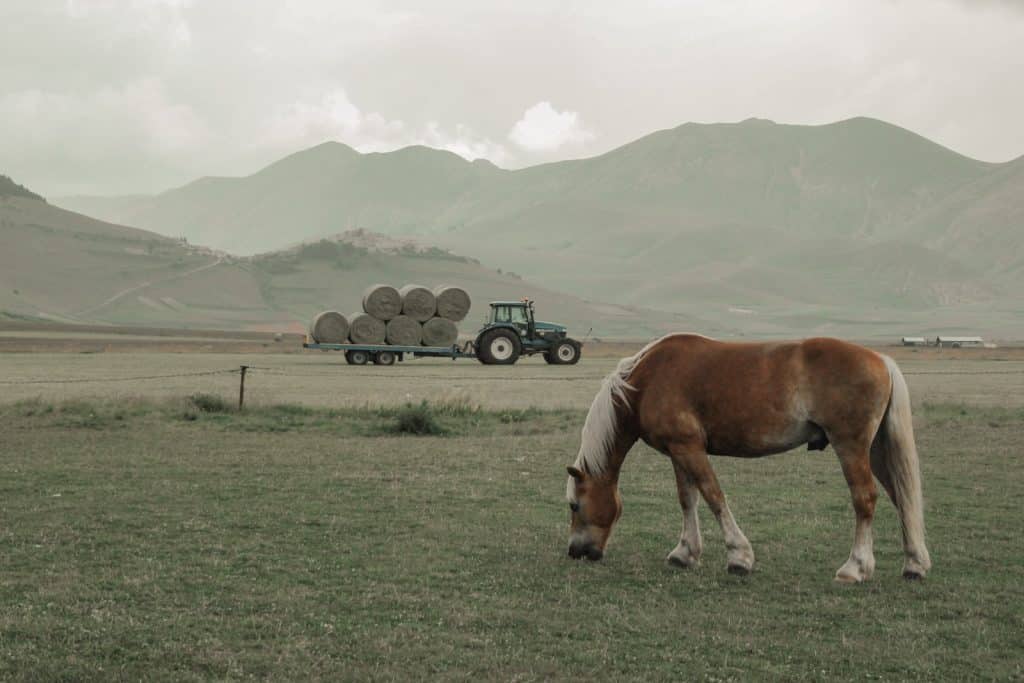
You probably think of the stunning countryside, ancient and glorious architecture, and amazing food, wine, and music when you imagine Italy. We rarely consider the incredible contributions of Italians to the world.
We’re here to correct this mistake by presenting you with 15 beautiful horse breeds which originated in Italy.
1. Bardigiano
Bardigiano horses are native to the Emilia-Romagna area of Italy. They get their name from a small town called Bardi. The mountainous terrain and rocky terrain of the area contributed to making Bardigiano a hardy, agile horse. These horses are used for trekking in the mountains, as well as for pleasure and show. They can also be therapy horses.
Bardigianos are small horses that stand between 13.2 and 14.1 hands. They can come in many colors such as light bay or chestnut, but they’re most commonly recognized in the dark bay. These horses are quiet, docile, and calm. They can be used as a horse for children.
2. Calabrese
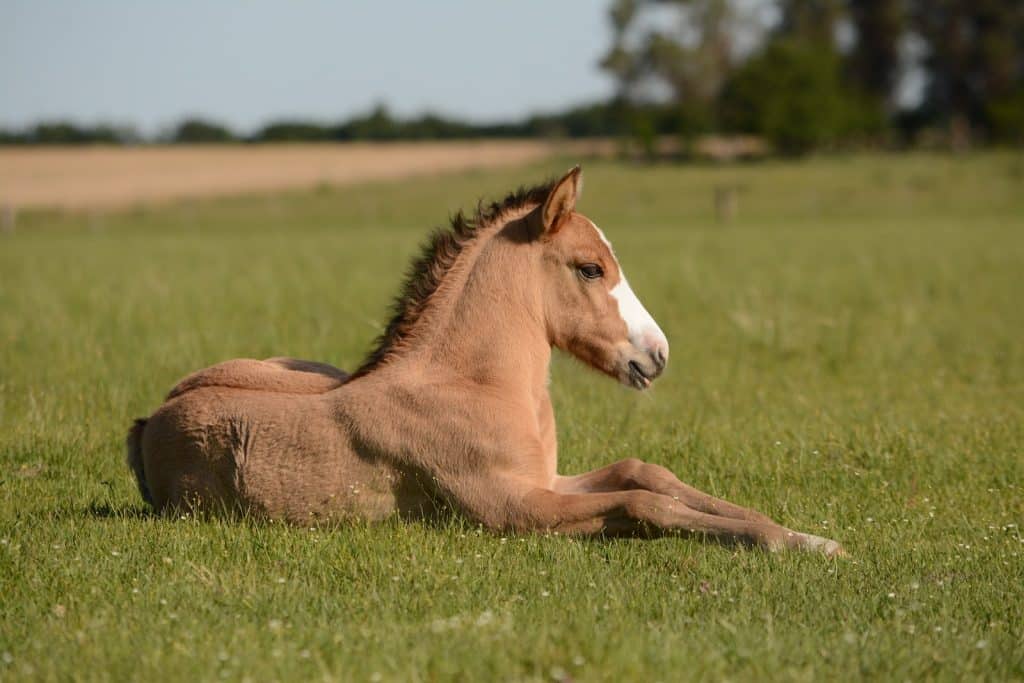
Calabrese horses are a cross between the Andalusian, Thoroughbred, and Arabian breeds. They have their origins in the Calabria region in Italy. The breed is a mix of Andalusian and Thoroughbred and Arabian horses. They are used as riding, pleasure, and sports horses.
Calabrese horses are usually grey, bay, or black in color. These horses are friendly, willing, energetic, and strong.
3. Catria
The Monte Catria horses are from the Marche region in Italy. They were developed by crossing the Maremmano (which you can see in this article later) with the Freiberger. Catrias are used in sports, agriculture, and as saddle horses.
The horses are usually smaller, between 14.2 and 14.3 hands, and come in grey, roan, or bay colors. Catrias are serious, calm, hardworking horses. They work well in mountain agriculture.
4. Cavallo Romano Della Maremma Laziale
Isn’t the name of this horse a mouthful, especially for those who are not fluent in Italian? Cavallo Romano Della Maremma Laziale is a name that translates to “Roman horse from the part of Maremma in Lazio”, which explains where the horse came from. Although they are an old breed, they were only recognized in 2010 and they are mostly used to work livestock.
Cavallo romano della maremma laziale can range from 14.3 to 16 hands tall and come in grey, chestnut or black. These horses are docile and brave, but also sure-footed. They can be quite lively and spirited.
5. Esperia Pony
The Esperia pony is another Italian breed that was named after the region where it originated. It is a mixture of wild horses in the area and Turkish breeds. These ponies are used as pack horses, show ponies, and in competitions.
The Esperia is usually black and stands between 13 and 14 hands tall. They are hardy ponies that can tolerate extreme temperatures and survive for days without water. These ponies are calm and docile, but can also be attentive and steady.
6. Giara
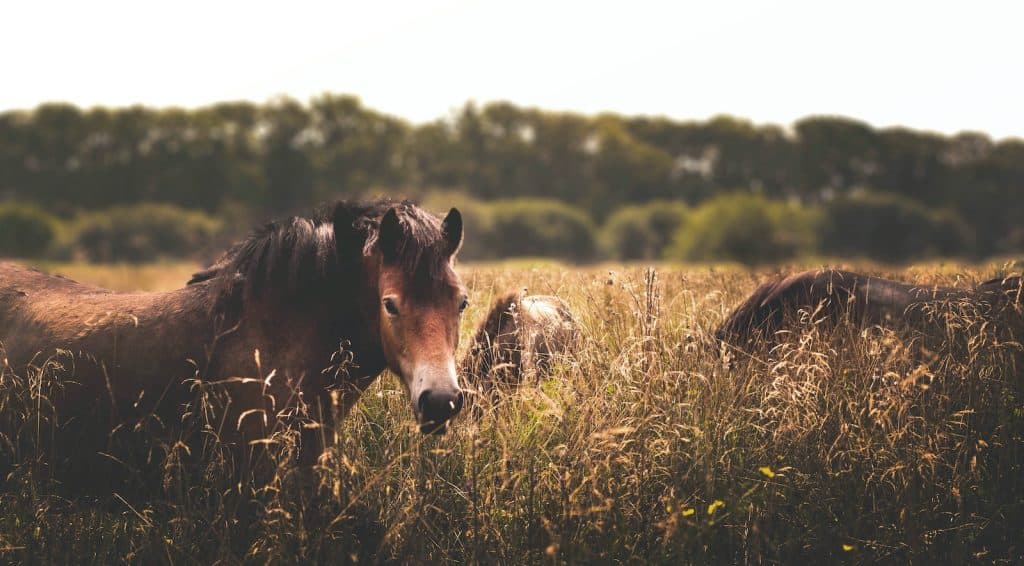
Giara horses are wild animals that were not intentionally mated, unlike the majority of horses in this list. Since at least 6,000 B.C., they have existed. They have been isolated for the majority of this time.
The Giara is a small horse that can reach 11.3 to 12 hands. They are usually black, chestnut, or bay in color. Giaras are good for riding and tend to be restless and robust.
7. Haflinger
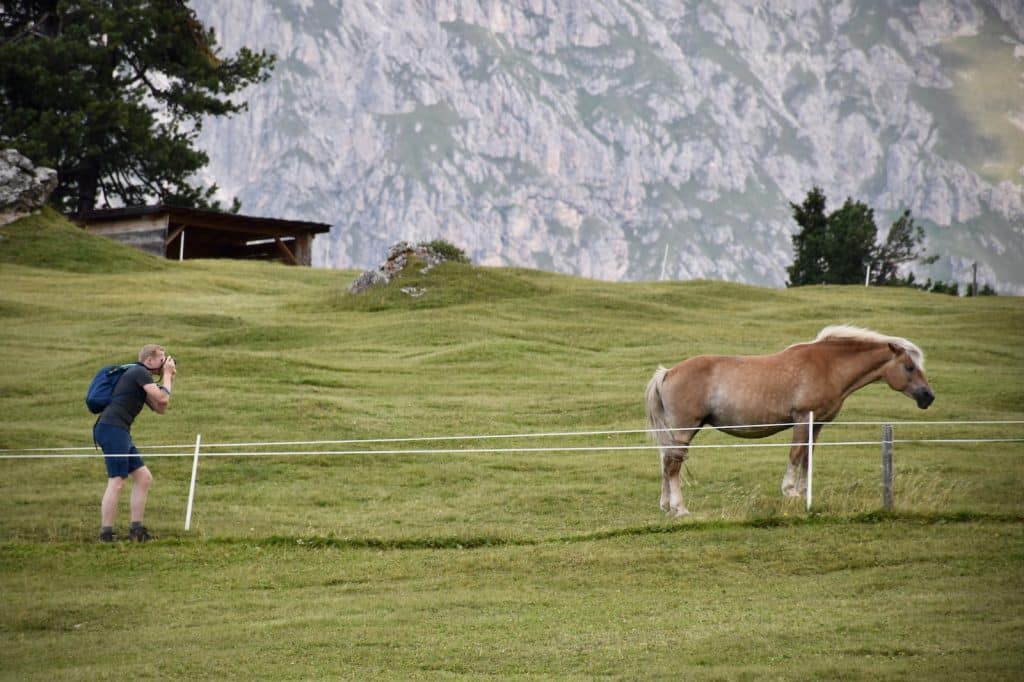
The Haflinger is also called the Avelignese. The horses were developed in Northern Italy and Austria in the late nineteenth century. Originally used as packhorses, they are now used for everything, including show, drafts, trekking, dressage, and therapy.
Haflingers are 13.2 to 15.2 hands tall and come in many colors, but they’re usually chestnut and have a white mane or tail. They are friendly and gentle horses but can be stubborn and hard-headed.
8. Italian Trotter
The horses were developed in the 1800s when trotting races became popular around the globe. The Italian Trotter is a combination of English, Norman, and Russian trotters as well as American Thoroughbreds. Today, they are used for both racing and riding.
They can reach 17 hands tall and are available in almost any color, but the most common is black, chestnut, or bay. Italian Trotters may be spirited, nervous horses but they are also a noble breed of willing horses that produce some of the world’s best trotters.
9. Maremmano
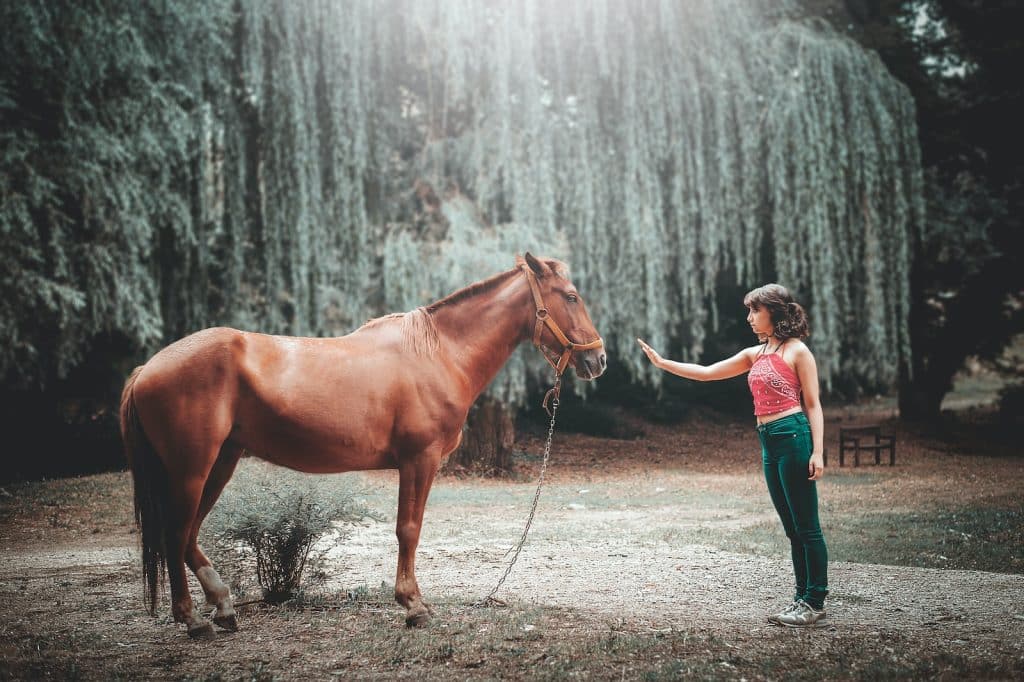
The origins of Maremmano horses are unknown, but they are believed to be descended from Barb horses in North Africa. The bloodline has also been enriched with Thoroughbred and Arabian. The Maremmano is used in endurance, riding, and sport.
Maremmanos are 15-16 hands tall and can be grey, chestnut, or bay. These are friendly, intelligent, and loyal horses.
10. Monterufoli Pony
Monterufoli horses are a mixture of Asian, Tolfeta, and Maremmano breeds. They hail from the Province of Pisa in Tuscany. The horses were used as harnesses and for riding. They are now quite rare.
Monterufolis are usually 13.2-14 hands tall and dark bay, with white markings such as stars or blazes. These ponies are calm and loyal and can be willing and docile.
11. Murgese
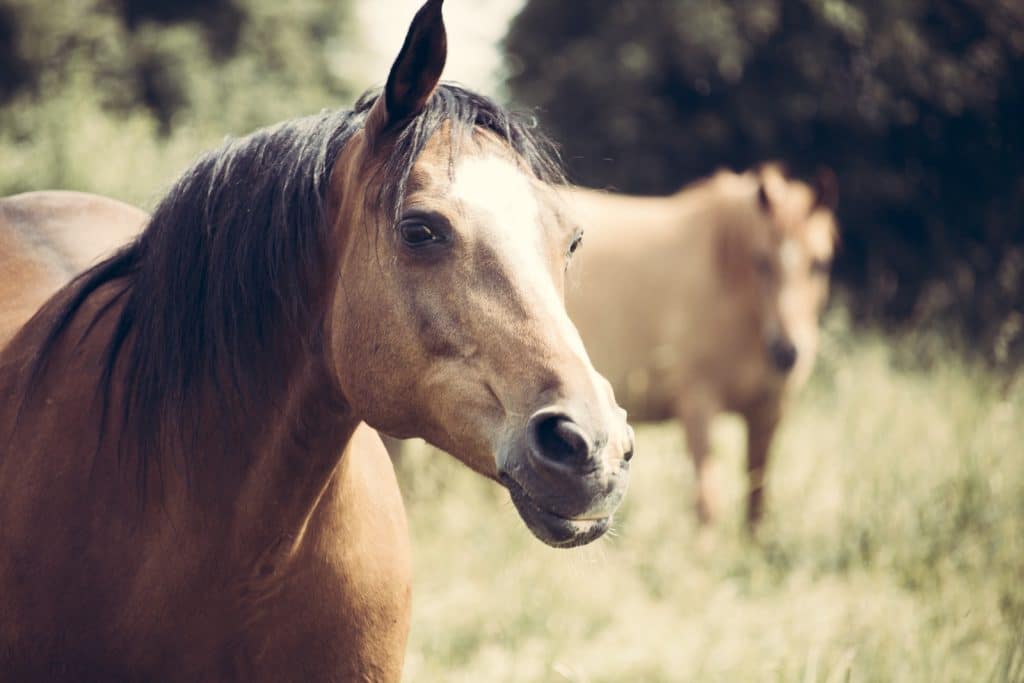
It is believed that the Murgese (also called Murge) was developed by mating the common horses in the Murge area of Italy with the Barbs and Arabians. The horses are used in a wide range of activities including riding, showing, carriage, and equestrian sports.
The Murgese stands 15-16 hands tall and comes in both grey and black. These horses are friendly, obedient, and willing. They are also rare.
12. Pentro
Pentri was a tribe that belonged to the ancient Samnites from central-south Italy. The Pentro Horse used as a riding horse and a working animal got its name from this tribe.
Pentros are small horses that stand between 13 and 14 hands tall. They can be grey, black or bay in color. The Pentro is a friendly breed that’s intelligent, obedient, and easy to train. However, it can also be a bit nervous. The Pentro breed is near extinction.
13. Sardinian Anglo-Arab
Anglo-Arabo-Sardo horses were born on the Italian island of Sardinia. These horses are a mixture of native wild horses and Arabian and Thoroughbred horses and are used for riding, trekking, and for showing.
The color of the Anglo-Arabs is usually sorrel or grey. Anglo-Arabs have a stubborn, intelligent temperament and are susceptible to the Arabians’ fiery temper. These are athletic and fast horses, which are also durable and intelligent.
14. Tolfetano
Tolfetano horses are from Tolfa in the mountains, which is part of Rome. The Berber bloodline is believed to be a part of these horses. They have been used for military purposes, as well as pack and cow horses, as well as riding horses.
Tolfetanos are typically bay or chestnut colored and range from 14.3 to 16.2 hands. These horses are independent, hardy, intelligent, gentle, and calm. Another rare Italian breed, they are quite independent.
15. Ventasso
The Ventasso is a horse that comes from Italy’s Val d’Enza region, in the Ventasso Mountain. The Ventasso is a popular saddle horse in Italy. It was once a favorite of soldiers with the Italian army. These horses are a mix of the Maremmano breed and the Spanish Lipizzan.
Ventassos is 14.3-16.1 hands tall and comes in grey, black, or bay colors. Rare horses with an energetic, courageous temperament and a balance between courage and energy.
Final Thoughts
You’ve probably enjoyed learning about (briefly) a few of the horses in Italy. All of these horse breeds have a unique beauty, like their country. Many of these horses share a common trait: they are rare. Many of these horses are either extinct or on the brink of being so, which would be a tragic loss for Italy as well as the rest of the world.
What kind of horse is native to Italy?
The study included 407 horses from the ten most well-known native Italian horse breeds: Bardigiano, Esperia, Giara, Lipizzan, Maremmano, Monterufolino, Murgese, Sarcidano, Sardinian Anglo-Arab, and Tolfetano.
What kind of horse did the Romans ride?
Horses were mostly utilized for chariots, light skirmishing, and supply transportation. With so many regions under Rome’s influence, it’s only logical that they’d utilize a variety of horses. The Arabian, Andalusian, Camargue, Dales Pony, Fell Pony, and Galician Pony tend to be particular favorites.
What was King Arthur’s mount?
According to the Welsh legend Culhwch and Olwen, Llamrei was a mare possessed by King Arthur.”
What was Zeus’ horse called?
Zeus ultimately transported Pegasus to Olympus. He was kept in a barn near Zeus’ thunderbolts. One of his responsibilities was to transport Zeus’ thunderbolts.
What was Caesar’s horse’s name?
Asturcus, Julius Caesar’s fabled horse, with human forefeet; a fight in the backdrop. The engraving is credited to P.
What exactly is an Italian stallion?
an attractive Italian-born man The Italian Stallion is a proper noun. An attractive guy of Italian descent’s nickname.
Is a Mustang a stallion?
Mustang is a wild horse found in the western United States that descended from horses brought over by Spain. The percentage of Spanish heritage varies from herd to herd. A stallion is a fully developed, complete male horse of any breed or kind.
What exactly is an Italian pony?
Cavallino is a pony. (From the Cambridge English-Italian Dictionary, Cambridge University Press, translation of pony)
What exactly is an Italian bull?
The Chianina (Italian pronunciation: [kjanina]) is a big white cow breed from Italy. Originally a draught breed, it is currently mostly grown for beef. It is the world’s biggest and one of the oldest cow breeds. Its flesh is used to make the bistecca alla fiorentina.
What exactly is a tough Italian horse breed?
This horse breed originated in northern Italy and Austria in the late 1800s. The Aveligneses are hardy plants that were developed for usage in mountains.